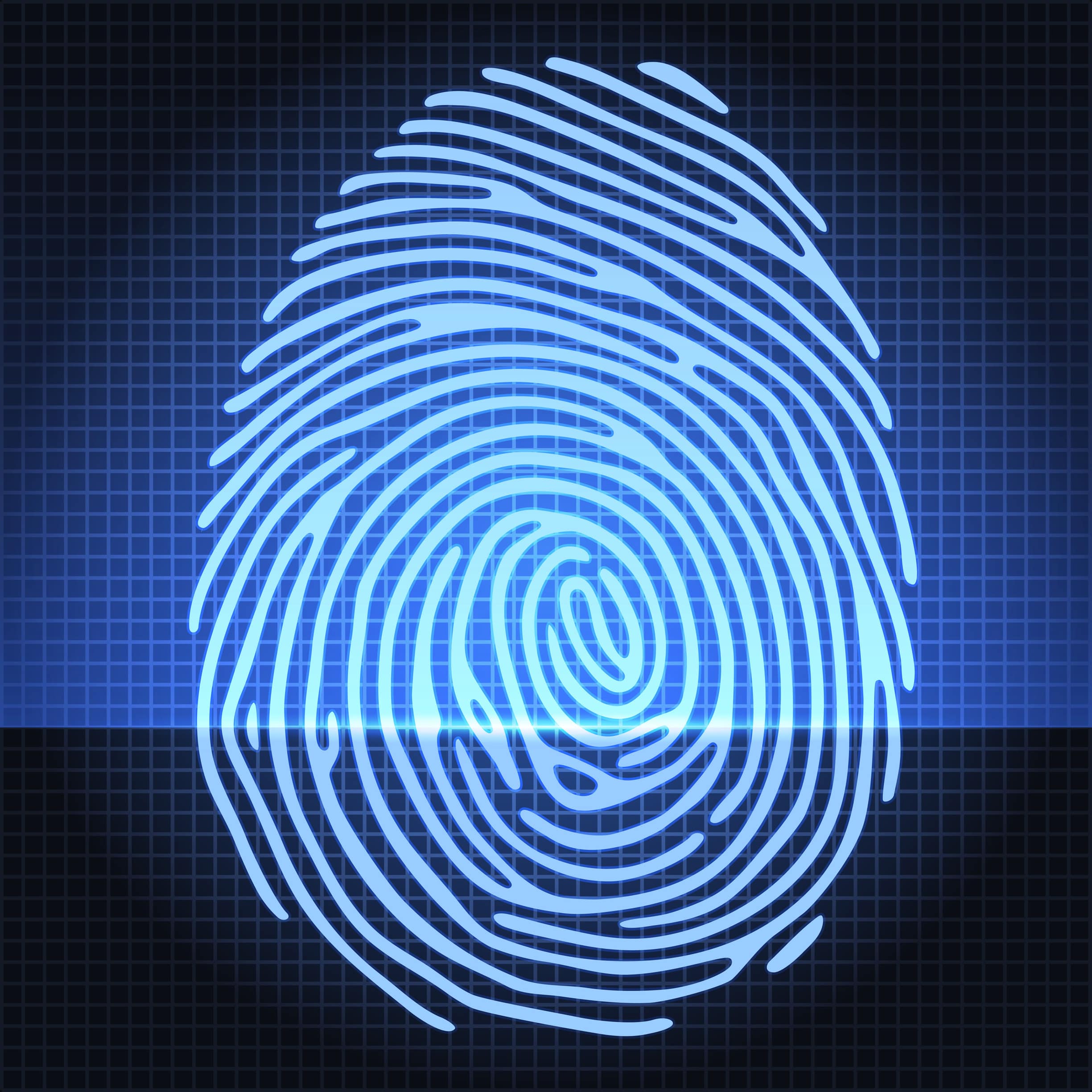Webbiometrics—the automated recognition of individuals based on their physical and/or behavioural characteristics such as fingerprints, faces, iris patterns, or. Webexamples of biometric traits that have been successfully used in practical applications include face, fingerprint, palmprint, iris, palm/finger vein, and voice. The use of dna, in the context of biometrics (as opposed to just forensics), is also beginning to gain. Webfor example, biometric data is being used in the areas of personal technology (e. g. Facial scan to photo edit selfies with photo filters; Although fingerprints have been used in forensic science for over 100 years, development of new visualisation techniques to obtain images of latent. Since its launch in 1995, the fbi standard has gone through many milestones,. Webhere the aim is not only to tie a single stable identity to a digital representation of a fingerprint, face and voice for the purpose of registration,. Webby unraveling the tapestry of cultural innovation, we carve out a roadmap that guides businesses, educational institutions, and societies as they navigate the. Webover the past 30 years, advances in automatic fingerprint recognition have been driven by improvements in fingerprint sensing as well as advancements in areas. Ai discovers that not every fingerprint is unique. Columbia engineers have built a new.
